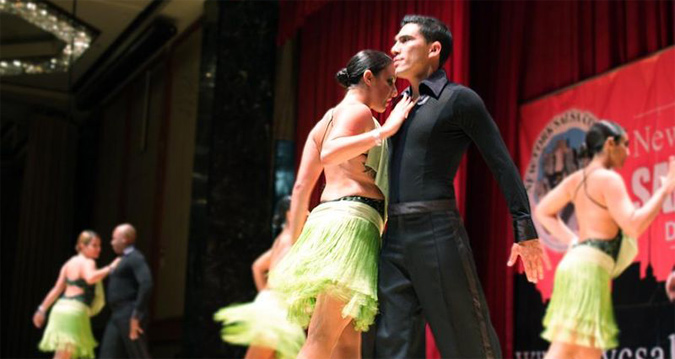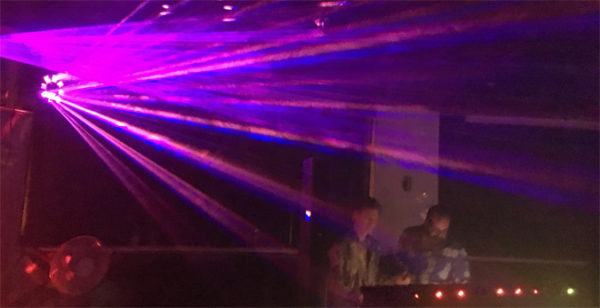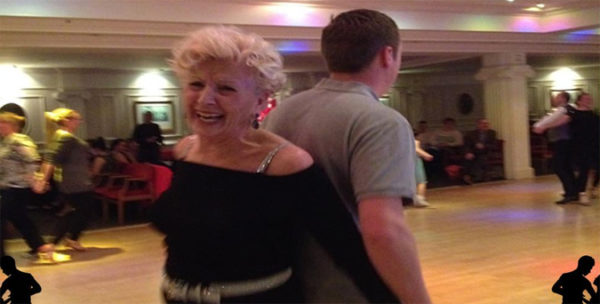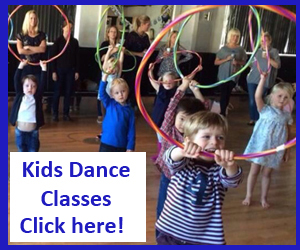What is Salsa Dance and Music

What is Salsa Dance
Salsa is a dance that was shaped relatively recently (in terms of dance history) with the mixture of many diverse styles and melodic techniques that all derive from Cuba, a land that is the origin of many Latin dances as well as music styles. After gaining popularity in Cuba, this dance form spread to United States as dance groups visited Cuba and carried this dance, with its grand music plus dance style, back to the states. And the rest is history as they say, in terms of how salsa’s popularity then exploded internationally.
Salsa has similarities with Mambo in that both use six steps and are danced above eight counts of melody. Indeed, the dances also share numerous moves. In Salsa though, the general look and feel are quite different from Mambo. Mambo moves usually forward and backward, however, Salsa has additional side to side movements.
The Origins
The history of salsa dance dates back practically a century in Cuba. Today it is a universal phenomenon exciting both club dancers as well as professional contestants twisting with “Cuban motion” for lots of fans. The music plus dance styles of salsa developed instantly in the 1920s as numerous dances with their elegant moves (such as Mambo), African, plus “Son Montuno” evolved from Cuba. The island was by now a melting pot for numerous other kinds of Latin dance such as mambo, tango, and flamenco. Sensing the evolution of a new dance form mixed that utilised the new music coming out of Cuba, a local studio named Fania titled the new sound “Salsa” plus began spreading it over the island clubs as well as over the radio.
The music travelled north to Miami and across to South America, and well-known musicians, such as Tito Puente and Dizzie Gillespie, started to include the beats into their sets. The dancers followed alongside, adding more complex moves dependent on their experience. Several salsa flairs are fast, almost frenetic, by rotating mate moves, however others appear more calm plus sensual with features of the Argentine tango otherwise slow rhumba into them.
The Roots of Salsa
Irrespective of style, there are a few elements that have continually been a part of the basic salsa steps:
- Salsa is typically a partnered dance with a lead and a follower, dancing using various creative moves that are blended together.
- The beat of Salsa melody is 4/4. However, there are three weight variations in each measure. What occurs during that additional beat is portion of what distinguishes salsa unique as a dance.
- While the upper body moves and shifts its weight, the upper torso remnants almost steady. This means that most of the motion finishes up in the hips, which is how the expression “Cuban Motion” became applied towards this Latin dance form.
- However, the music of salsa is distinct and the moves are frequently derived from other partner dances for example the tango, the rhumba, and the mambo.
Salsa History Around the World
As salsa dance evolved into different forms outside of Cuba, the diverse styles became recognized by the geographic location where they developed. Below are some of these international variations:
Cuban-Style “Casino”
The “original” salsa established in Cuba through the mid-20th century. Much of its novelty can be credited to Cuban embargo, so as to the motions have a sturdier Afro-Cuban rhumba effect). This “casino” is still measured an essential part of Latin-American inheritance, and the elegance has extended to Europe, South America, in addition to even as far as Israel. One recognizing characteristic of this elegance is that the dance starts on the down beat of one or three, as contrasting to two (the unique Son style).
Cali-Style Salsa
Of all the South American states that relished moving to salsa, Columbia appeared to adopt it practically as their own. Cali, Columbia is recognized as “Capital de la Salsa.” Whereas they relished the music plus steps, the Cali dancers added to create their own innate rhythms, one example being “Cumbia”. The elegance itself tends to be a relaxed as well as an almost still upper body form with sophisticated footwork. Unlike Cuban plus North American styles, they do not do cross-body lead, and their “break” is in a sloping path, somewhat more than a straightforward “slot.” The popularity of the dance in Columbia has been used for occasions such the World Salsa Cali Festival.
North American Style
Dancers in the states enjoy numerous diverse styles of salsa. However, the most popular three styles are New York style (deeply influenced by jazz music plus swing dance), Miami style (obviously with similarities to Cuban style dances because of geography) and the latest, LA Style salsa. All of these styles tend to be flashier than South American styles, with numerous twists, turns, as well as even acrobatic airborne moves such as the Lindy Hop.
Salsa Today
Salsa continues to evolve as creative and imaginative individuals and dance companies add new spins, slopes, lifts, and steps. There are many salsa dancing competitions round the world, including the yearly World Salsa Championships. Irrespective of wherever you live, you do not have to go far to discover a decent place for salsa dance.
Sensual, Fun Dance
With the blast of dance videos over sites such as YouTube, salsa continues to explode in its popularity and the numbers of participants continues to build. Furthermore, dancers continue to incorporate their own styles in to the form, for example hip hop plus middle-eastern dance. However it is a comparatively young movement form, salsa is a lively and growing portion of the globe’s dance culture.






